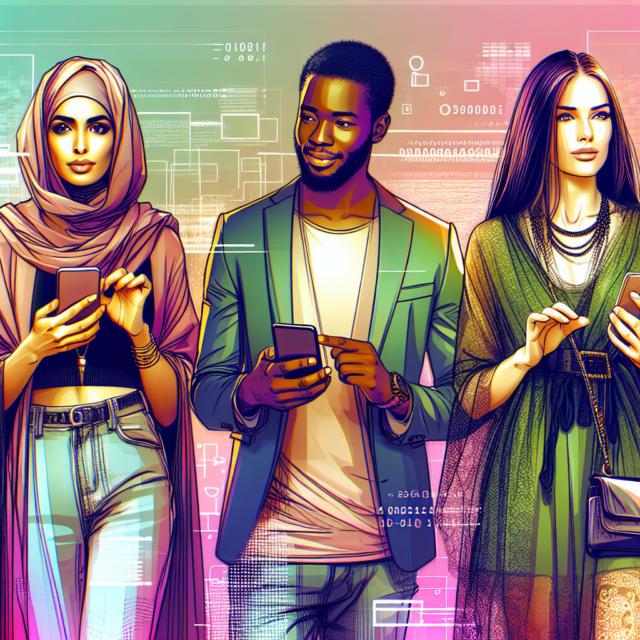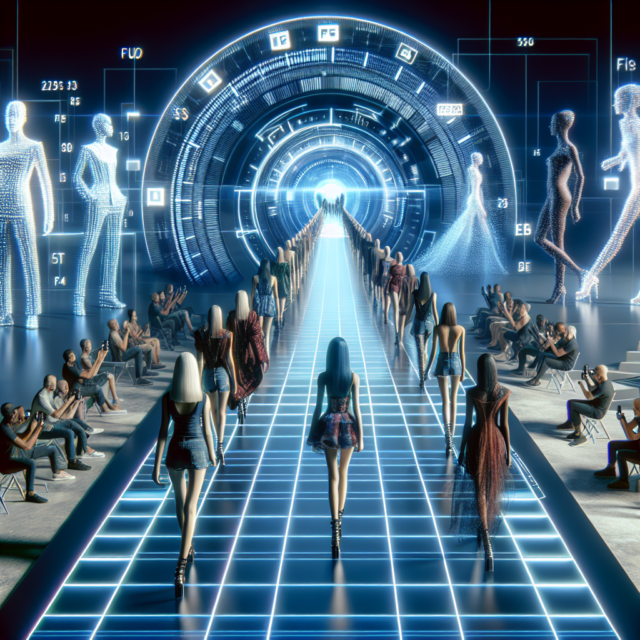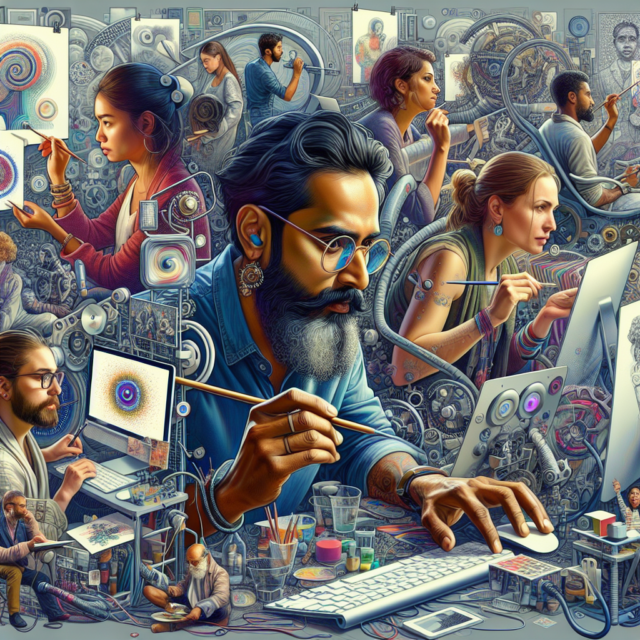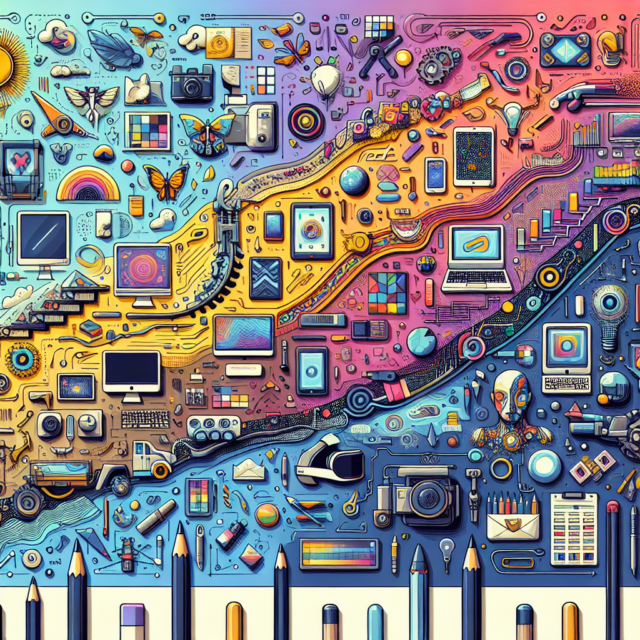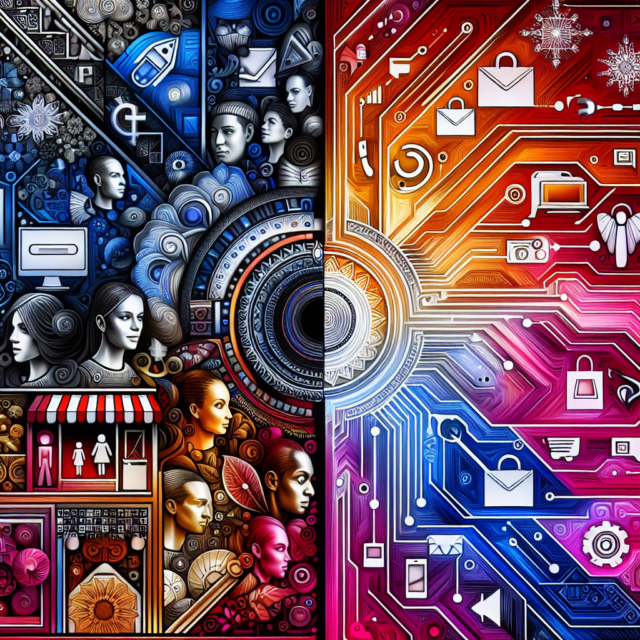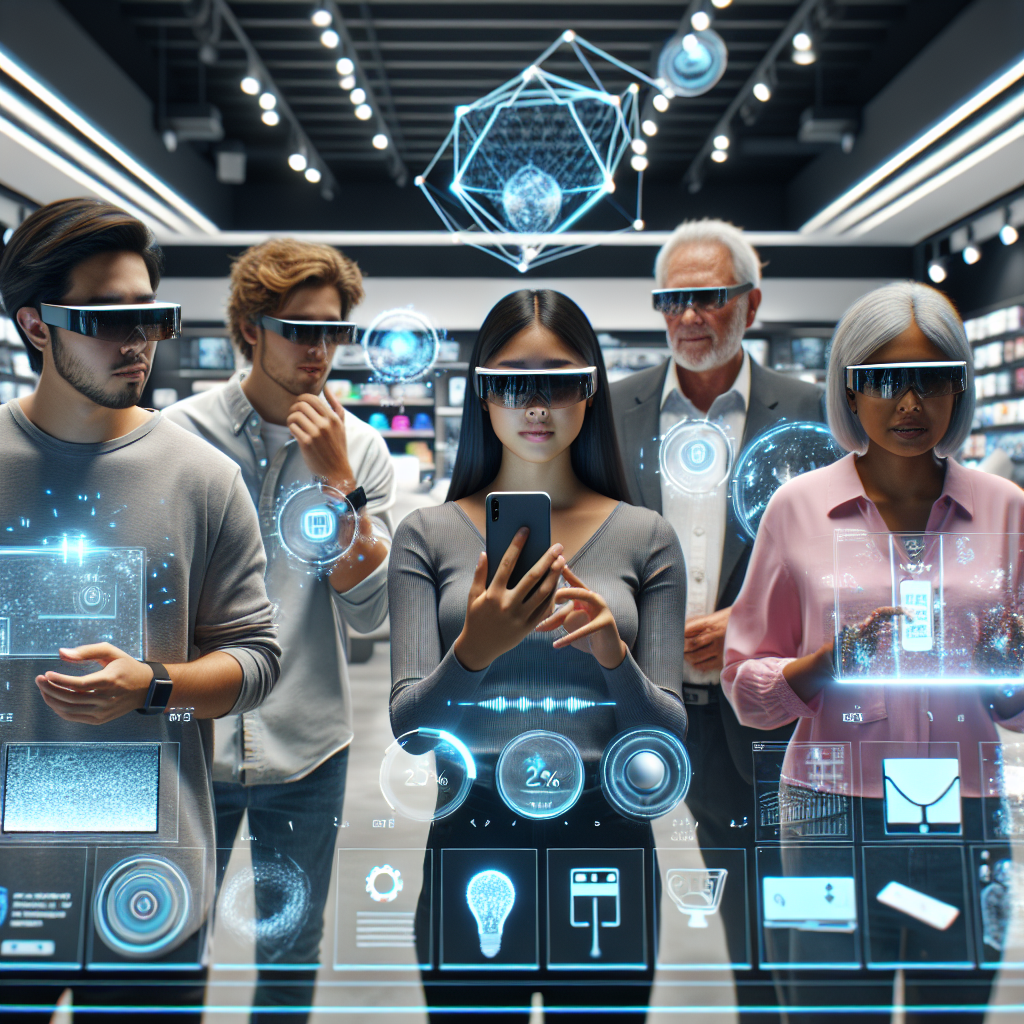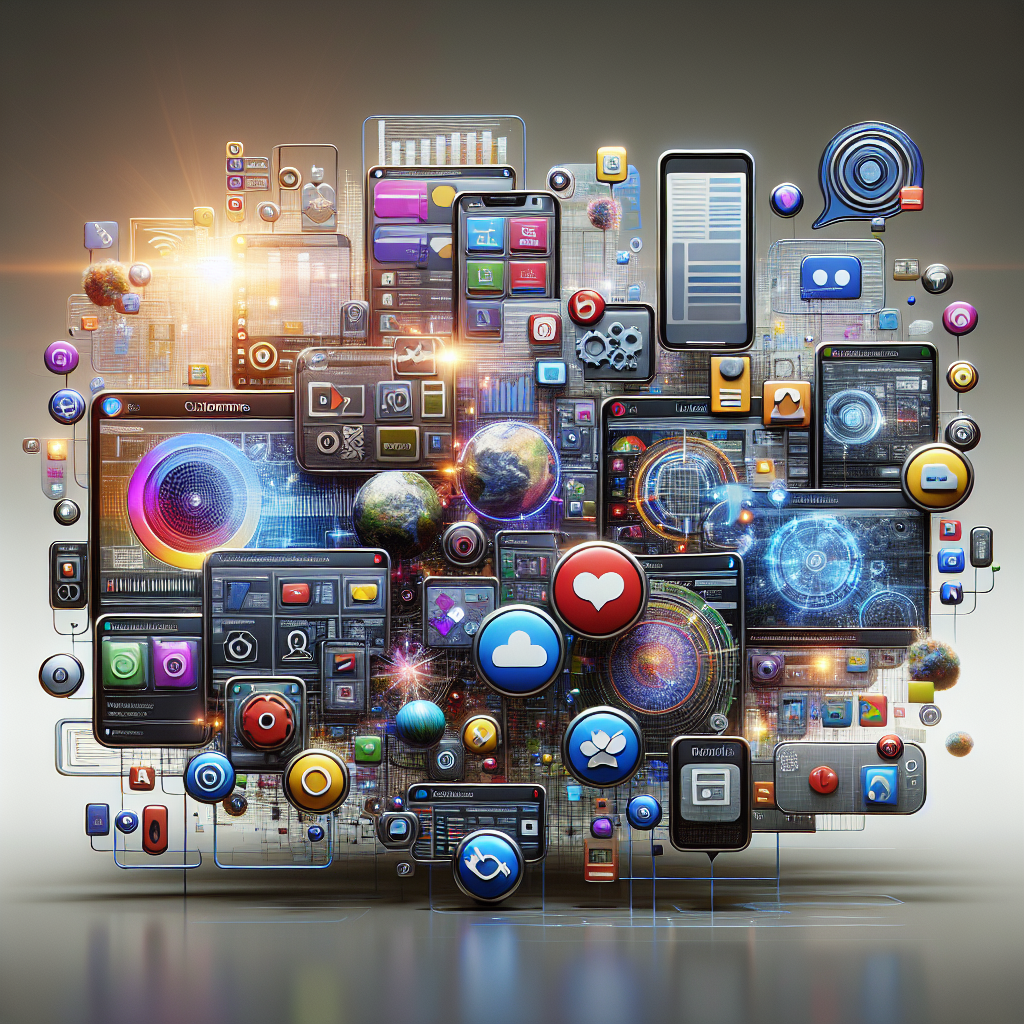Exploring the Impact of Digital Influencers & Models
In the digital age, the landscape of marketing and consumer interaction has undergone a profound transformation. At the forefront of this change are digital influencers and virtual models, who have become pivotal players in shaping consumer perceptions and behaviors. This article explores their rise, the impact they have on consumer behavior, and the growing role of virtual models in marketing. Through a comprehensive analysis, we aim to understand how these modern phenomena are redefining the boundaries of traditional marketing and consumer engagement.
Understanding the Rise of Digital Influencers
The emergence of digital influencers is a phenomenon closely linked to the evolution of social media platforms. With the advent of platforms like Instagram, YouTube, and TikTok, individuals with unique perspectives and content have found a way to reach vast audiences. This democratization of fame has allowed everyday people to become influential figures, often surpassing the reach of traditional celebrities. Digital influencers, unlike conventional celebrities, engage with their audiences in a more personal and relatable manner, fostering a sense of community and trust.
As digital influencers gained prominence, brands quickly recognized the potential for partnerships. These influencers offer an authentic and direct line to niche audiences, which traditional advertising channels often struggle to reach. By collaborating with influencers, brands can tap into established trust networks and present their products in a more personalized context. This shift has led to a significant increase in influencer marketing budgets, reflecting the growing importance of influencers in brand strategies.
The rise of digital influencers is also fueled by the increasing demand for authenticity in marketing. Consumers today are more skeptical of traditional advertising and are drawn to content that feels genuine and relatable. Influencers, who often share their personal stories and experiences, provide this authenticity, making their endorsements more persuasive. This trend indicates a shift in consumer preferences towards more transparent and relatable content, further boosting the influence of digital personalities.
Moreover, the diversity among digital influencers has expanded the scope of marketing reach. Influencers come from various backgrounds and represent different cultures, interests, and demographics. This diversity allows brands to connect with a broader range of consumers, tailoring their messages to fit different segments. As a result, influencer marketing has become a powerful tool for brands looking to expand their reach and appeal to a more global audience.
The evolution of technology has also played a crucial role in the rise of digital influencers. High-quality cameras, editing software, and social media algorithms have made it easier than ever for influencers to produce professional-looking content from the comfort of their homes. This technological accessibility has lowered the barriers to entry, enabling more individuals to pursue careers as influencers and further saturating the market with diverse voices.
Finally, the rise of digital influencers can be attributed to the changing media consumption habits of consumers. As more people turn to social media for entertainment and information, traditional media channels are losing their dominance. This shift has created a fertile ground for influencers to thrive, as they offer a more interactive and engaging form of content that resonates with modern audiences.
Analyzing the Influence on Consumer Behavior
Digital influencers have a profound impact on consumer behavior, primarily through their ability to shape perceptions and attitudes towards products and brands. By sharing their personal experiences and opinions, influencers can sway their followers’ purchasing decisions. This influence is particularly strong among younger demographics, who are more likely to trust recommendations from influencers over traditional advertising.
One of the key ways influencers impact consumer behavior is through the creation of trends. Influencers often set the tone for what is considered fashionable or desirable, whether it’s a new clothing style, beauty product, or lifestyle choice. Their ability to rapidly disseminate trends across a global audience means that brands can capitalize on this by aligning themselves with popular influencers to boost their visibility and credibility.
The interactive nature of social media allows influencers to engage directly with their followers, fostering a sense of community and loyalty. This direct engagement can lead to higher levels of trust and emotional connection, which in turn influences purchasing decisions. Consumers are more likely to buy products recommended by influencers they feel connected to, highlighting the importance of relationship-building in influencer marketing.
Influencers also play a significant role in the decision-making process by providing detailed reviews and tutorials. This content not only informs consumers about the features and benefits of a product but also helps them visualize how it fits into their lives. By offering practical insights and demonstrations, influencers reduce the perceived risk associated with trying new products, encouraging more consumers to make purchases.
The impact of digital influencers extends beyond individual purchasing decisions to affect overall brand perception. A positive endorsement from a well-respected influencer can enhance a brand’s image, while negative feedback can have the opposite effect. This power makes influencer partnerships a double-edged sword, requiring brands to carefully select influencers whose values align with their own.
Finally, digital influencers can amplify word-of-mouth marketing by encouraging their followers to share their experiences. This ripple effect can significantly increase a brand’s reach and influence, as consumers are more likely to trust recommendations from their peers. By leveraging the networks of influencers, brands can create a multiplier effect that extends their marketing efforts far beyond their initial audience.
Examining the Role of Virtual Models in Marketing
Virtual models are a recent addition to the digital marketing landscape, offering unique opportunities and challenges for brands. Unlike human influencers, virtual models are computer-generated personas that can be crafted to embody specific brand values and aesthetics. This control allows brands to create highly tailored marketing campaigns that resonate with their target audience.
One of the primary advantages of virtual models is their ability to transcend physical limitations. They can be designed to represent diverse appearances, from hyper-realistic to fantastical, allowing brands to experiment with different styles and concepts. This flexibility enables brands to push creative boundaries and stand out in a crowded market, appealing to consumers’ desire for novel and engaging content.
Virtual models also offer a level of consistency and reliability that human influencers cannot match. As digital creations, they are immune to the personal controversies and unpredictability that can sometimes affect human influencers. This stability makes them an attractive option for brands looking to maintain a consistent image and message across their marketing efforts.
The use of virtual models can also lead to cost efficiencies in marketing campaigns. Unlike human influencers, virtual models do not require travel, accommodations, or other expenses associated with live appearances. Brands can create and deploy virtual models at a fraction of the cost, making them an appealing option for companies looking to maximize their marketing budgets.
However, the use of virtual models raises questions about authenticity and relatability. Consumers may be skeptical of endorsements from non-human entities, questioning the sincerity and trustworthiness of such promotions. To mitigate this, brands must carefully integrate virtual models into their marketing strategies, ensuring they complement rather than replace human influencers.
Despite these challenges, virtual models have shown potential in engaging younger, tech-savvy audiences who are more comfortable with digital interactions. These consumers are often more open to innovative marketing approaches and may view virtual models as a natural extension of their digital experiences. By appealing to this demographic, brands can position themselves as forward-thinking and technologically adept.
Finally, the rise of virtual models highlights the ongoing evolution of marketing in the digital age. As technology continues to advance, the lines between reality and digital creation will blur, offering both new opportunities and challenges for brands. By embracing virtual models, companies can stay at the forefront of this evolution, exploring new ways to connect with consumers in an increasingly digital world.
The impact of digital influencers and virtual models on the marketing landscape is undeniable. As these entities continue to evolve, they offer new ways for brands to connect with consumers, fostering engagement and driving purchasing decisions. While the rise of digital influencers has already reshaped consumer behavior, the emergence of virtual models presents exciting possibilities for the future. By understanding and leveraging these trends, brands can create more effective and innovative marketing strategies, ensuring they remain relevant in an ever-changing digital landscape. As we move forward, the intersection of technology and marketing will undoubtedly continue to yield new opportunities for growth and connection.








